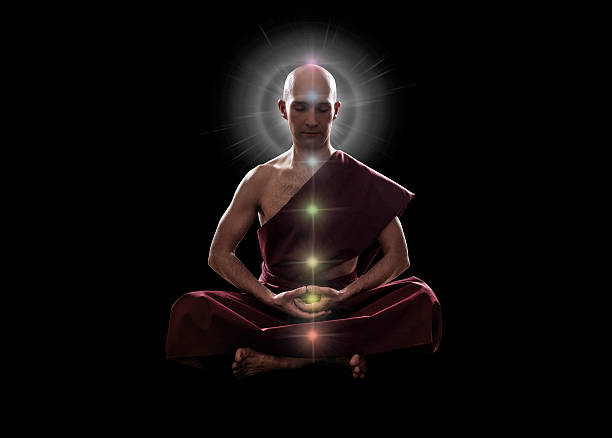
Pranayama is not the name of a specific pranayama method, but rather a catch-all word for all yogic practices that include pranayama and are mainly intended to raise Kundalini.
- Shakti, prana, and Kundalini are frequently used interchangeably.
- When the life force circulates, it is called prana; when it descends by an act of divine grace, it is called Shakti; and it is named Kundalini when it rises to fulfill our divine destiny through the effort of the person.
- The goal of asana is to prepare the body for pranayama by making it healthy and stable.
- The nadis are cleansed and karma is removed via pranayama.
Then, using a combination of mantra, pranayama, kriya, visualization, bandha, and mudra, prana is driven into the core energy channel (sushumna), energy obstructions (granthis) are pierced, and prana is raised to the Ajna (third eye) Chakra. Dharana, dhyana, and samadhi are experienced practically spontaneously and easily after it is installed, while the process is laborious without it.
According to the Hatha Tatva Kaumudi, the Divine vision may only be received when Shakti Chalana has taken place, hence its significance.
Various yogic schools have their own unique Shakti Chalana formula, but Sundaradeva's Kaumudi is a true encyclopedia of its many variations.
Technique:
• Practicing Utkarsha Pranayama with all five bandhas (Mula, Uddiyana, ]alandhara, ]ihva, and Maha bandha) and Maha Mudra is an example of Shakti Chalana.
• Surya Bhedana for 90 minutes in the morning and evening, then turning apana up, i.e. the way of fire and air.
• Sitting in Siddhasana and then doing Bhastrika while blocking the Muladhara Chakra with the left heel.
• External kumbhaka, as well as bandha, mudra, and Utkarsha Pranayama, are used to close the nine gates (i.e. Siddhasana + Yoni Mudra).
• Engaging Mula Bandha and contracting Surya (right nostril); Uddiyana Bandha then pushes Kundalini up via kumbhaka.
• Sitting in Siddhasana, shutting the nine gates (Siddhasana + Yoni Mudra), inhaling via the crow beak mudra, doing kumbhaka, and generating fire and apana while listening to the inner voice.
This is only a tiny sampling of the methods available. The idea is that they usually include kumbhaka, bandhas, mudras, and chakras, as well as prana manipulations, or any mix of these.
You may also want to read more about Pranayama and Holistic Healing here.
